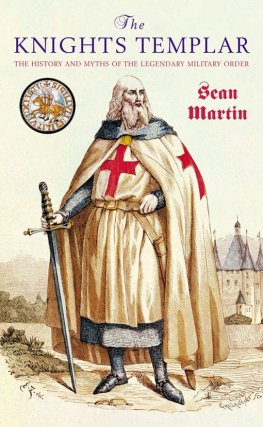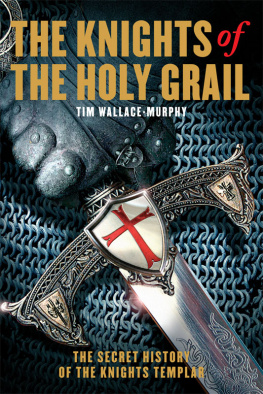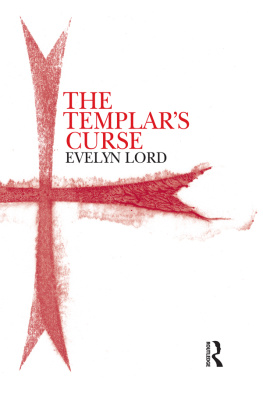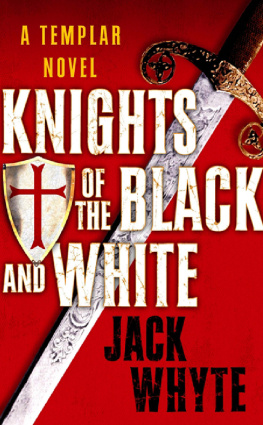S.J. HODGE
First published in 2013
This ebook edition published in 2013 by
Quercus Editions Ltd
55 Baker Street
7th floor, South Block
London
W1U 8EW
Copyright 2013 Quercus Editions Ltd
All rights reserved. No part of this publication may be reproduced, stored in a retrieval system, or transmitted in any form or by any means, electronic, mechanical, photocopying, recording, or otherwise, without the prior permission in writing of the copyright owner and publisher.
The picture credits constitute an extension to this copyright notice.
Every effort has been made to contact copyright holders. However, the publishers will be glad to rectify in future editions any inadvertent omissions brought to their attention.
Quercus Editions Ltd hereby exclude all liability to the extent permitted by law for any errors or omissions in this book and for any loss, damage or expense (whether direct or indirect) suffered by a third party relying on any information contained in this book.
A catalogue record of this book is available from the British Library
UK and associated territories:
Ebook ISBN 978 1 78087 998 7
Print ISBN 978 1 78206 271 4
Designed by Austin Taylor
You can find this and many other great books at:
www.quercusbooks.co.uk
THE ORIGINS OF THE ORDER
A 14th-century manuscript showing the unrest and violence between the Seljuk Turks and Christians in Jerusalem just before the First Crusade.
From the time the Knights Templar formed as an order of military monks early in the 12th century, stories began proliferating about them. Legends and tales varied from positive to negative and from ambiguous to unequivocal.
To most outsiders, they were valiant defenders of Christianity throughout the crusading years, admired for their resolve and bravery. To others, their extraordinary success in banking, building, farming and other secular areas was questionable alongside their religious beliefs and austere lifestyles. The shock felt by almost everyone when they were accused of dubious crimes by Philip IV of France in 1307, however, sent tremors of indignation and horror throughout Europe. Whats more, the Pope who was supposed to protect them facilitated their demise. To be destroyed in the end not by their Muslim adversaries, but by their fellow Christians, shook society to its foundations, and the story has (erratically) continued to arouse interest for the 700 years that have followed.
This interest has become greater than ever in recent years, with countless sensational claims about the Templars emerging, many of which have captured the collective imagination. What is it about this Brotherhood that arouses such interest? Can any of the theories be substantiated? Why have so many of these ideas only come to light relatively recently, and how many mysteries can be resolved now with greater methods of authenticating evidence and the benefit of hindsight? This book sets out to discuss many of the theories that have been put forth about the Knights Templar, from such elusive notions as what secrets they possessed or what their alleged secret rituals were, to more concrete areas, such as their buildings, constructed using forgotten knowledge of sacred geometry, or their development of banking that has since become the model for banking practice everywhere.
Fighting brothers
Established in Jerusalem in the 12th century, the Knights Templar were European Christians who chose to live as warrior-monks a type of brotherhood that had never been seen before. Formed after the First Crusade with just a few men, their aim was to protect Christian pilgrims in the Holy Land and to defend the territory conquered by the Crusaders. Traditionally, knights came from noble families but, like most monks, the Templars were recruited from all echelons of society. Not all joined as knights, and the majority came from ordinary backgrounds many were craftsmen, farmers, masons or cooks, for example and as such were not educated; few left personally written records about their daily lives. Many could read and write in their own languages but, apart from religious material, book-learning was discouraged as the objectives of the Order focused on other things. Official records were kept nonetheless, but after the Templars dissolution in 1312, these were stored in Cyprus by the Knights Hospitaller in their headquarters. In 1571, during the OttomanVenetian war, Cyprus fell to the Ottoman Turks who destroyed many Hospitaller documents, along with the Templar records. With their archives destroyed and no contemporary chronicler mentioning their existence, it fell to later generations to piece together their history.
Mysteries, myths and realities
It was not until the 18th century, with the formation of a new society called Freemasons, that the Knights Templar were considered earnestly once more. Since then, they have been researched and written about profusely. Sensational books, such as Dan Browns novel The Da Vinci Code , and The Holy Blood and the Holy Grail by Michael Baigent, Richard Leigh and Henry Lincoln, plus ensuing films, documentaries and further books advanced their popularity enormously. Speculation about their lives, and enigmas surrounding their existence, have never been so intense, and many of the stories about them have become so tightly interwoven into European history that it is extremely difficult to separate the myths from the realities. The broad range of opinions, theories and suppositions about them have meant that, over time, they have been variously lauded and criticized, romanticized and undermined, elevated and denounced.













